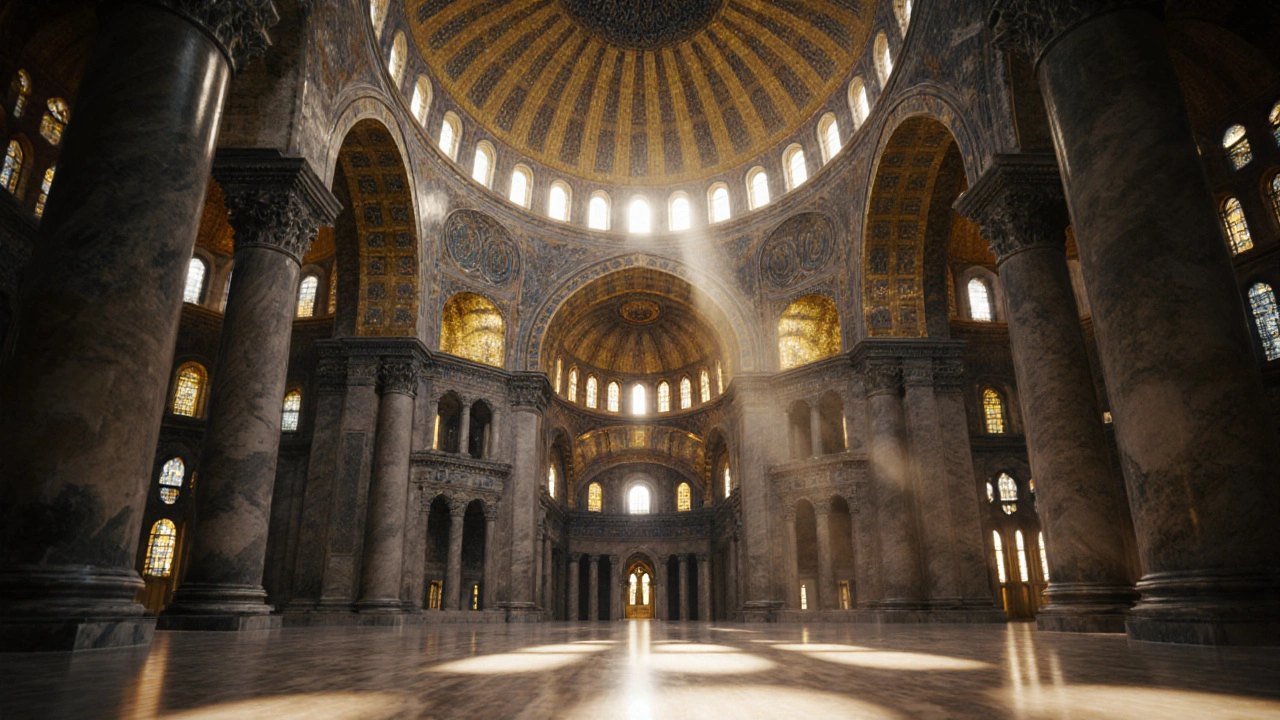Byzantine architecture used light, domes, and gold mosaics not just for beauty, but to create sacred spaces where heaven felt close. Its spiritual design still moves people today.
Spiritual Design: How Architecture Connects Us to Something Greater
When we talk about spiritual design, the intentional shaping of spaces to evoke awe, peace, or reverence. Also known as sacred architecture, it’s not about religion alone—it’s about how buildings make us feel small in the best way, like we’re part of something older and deeper. You’ve felt it: walking into a cathedral and suddenly holding your breath, or sitting in a quiet meditation room where even the air feels different. That’s spiritual design at work.
This isn’t just old churches and temples. contemplative spaces, environments built to encourage stillness, reflection, or inner focus show up in modern hospitals, libraries, and even office lobbies. Architects use light, silence, proportion, and material to slow time down. A single beam of sunlight hitting a stone floor, the way a hallway narrows before opening into a calm room—these aren’t accidents. They’re tools. And they’re borrowed from traditions that go back thousands of years. religious symbolism, the use of shapes, orientations, and motifs to represent deeper truths still guides how spaces are laid out today. Think of the dome as a sky, the path as a journey, the water feature as purification. These aren’t just decorations. They’re silent instructions for how to behave, how to breathe, how to be.
What you’ll find in the posts below isn’t a list of holy buildings. It’s a look at how the same principles—balance, rhythm, material honesty, and emotional weight—show up across cultures and centuries. From the soaring arches of Gothic Revival churches to the quiet simplicity of Japanese tea rooms, from Roman temples built to honor gods to modern spaces designed for mindfulness, the thread is the same: architecture doesn’t just house people. It shapes their inner world. You’ll see how symmetry in Georgian homes isn’t just pretty—it’s calming. How the play of light in Renaissance interiors wasn’t just decorative—it was meant to inspire wonder. And how even today’s minimalist spaces borrow from ancient rituals to create peace in a noisy world.

